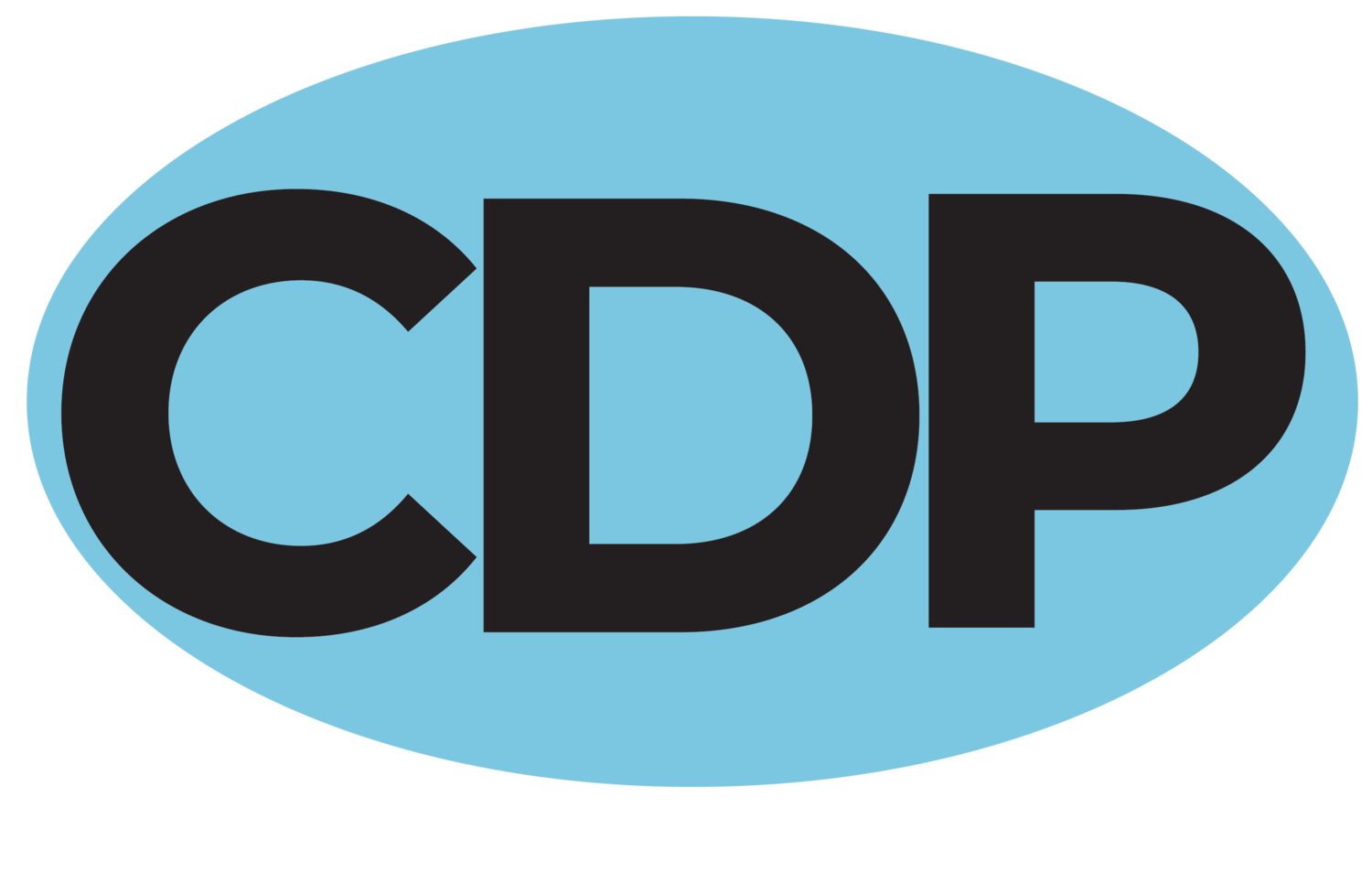Excerpts Series: Compassion Fatigue
How do I avoid compassion fatigue?
The term “Compassion Fatigue” has been gaining exposure. We’re hearing about it more even as it pertains to normal, everyday life. As natural disasters seem to increase people will wrestle with Compassion Fatigue. We’re giving money to different organizations and different causes and can become overcome with the losses...and we are getting fatigued.
Compassion Fatigue definition as it relates to our training and our time together today is:
A state experienced by those helping people or animals in distress;
An extreme state of tension and preoccupation with the suffering of others. It can even create secondary traumatic stress for those of us in the helping profession.
Compassion Fatigue is an extreme state of being. It can happen when we are exhausted through our desire and draw to help others. This is something that is very real.
An experiment to ponder:
Take a piece of paper. Draw a cup of water. How full is your cup? Show that in your drawing. A full cup indicates you are full of energy and that you still have a lot to give. You’re in a good place, a healthy place — you are the opposite of fatigued. A very full cup would indicate that you are in a very good place and not feeling any of the effects of Compassion Fatigue.
The more empty your cup, indicates that you feel really tired. Perhaps you have “Mission Drain” as it is sometimes called.
Whether you do this experiment conceptually or literally draw it out on paper, think about this:
HOW FULL IS YOUR CUP?
Think about that as we go through this session today. I want you to be self-aware of how you got to this place of fatigue as well as thinking about others in your organization— are they dealing with Compassion Fatigue and if so, how did they get there?
Let’s identify a few different ways to look at Compassion Fatigue.
It is a continuum— from compassion satisfaction through compassion fatigue. And it is very likely that we move up and down the continuum by the day, by the week or even seasonally. We enjoy different seasons of success with an overwhelming sense of satisfaction or we may have seasons where we feel very drained.
Compassion Fatigue is a term that was coined by Charles Figley in 1995, but we’ve really started hearing this term used a lot more recently in the nonprofit sector.
There is a measuring tool that was developed by Dr. Beth Hudnall Stamm — the ProQOL measuring tool. It is a scientific academically accurate tool to measure the level of fatigue. However, I don’t want us to think about this in terms of academics, I want us to look at this in practical terms, considering where we are on the spectrum. Look at how fatigued you are feeling verses the opposite end of the spectrum, compassion satisfaction.
The idea is this: there is a continuum and at any given time we’re going to fall somewhere in this continuum and we want to be aware of that.
The goal in talking about Compassion Fatigue is to learn to manage it. It isn’t to condemn or judge or to say, “You’re doing everything wrong.” The objective is to recognize that fatigue is very common. It’s a natural result of doing work in the nonprofit sector while not taking care of self nor balancing things in a way to keep ourselves in a healthy place..
In our work we need to learn to recognize what fatigue is and where it is setting in so that we can begin to manage it and continue our work in community.
In this session we’re going to begin by looking at compassion satisfaction… Describe the most satisfying day in a volunteer or service role that you can remember. What made it different or special? (To learn more take the whole training below.)



